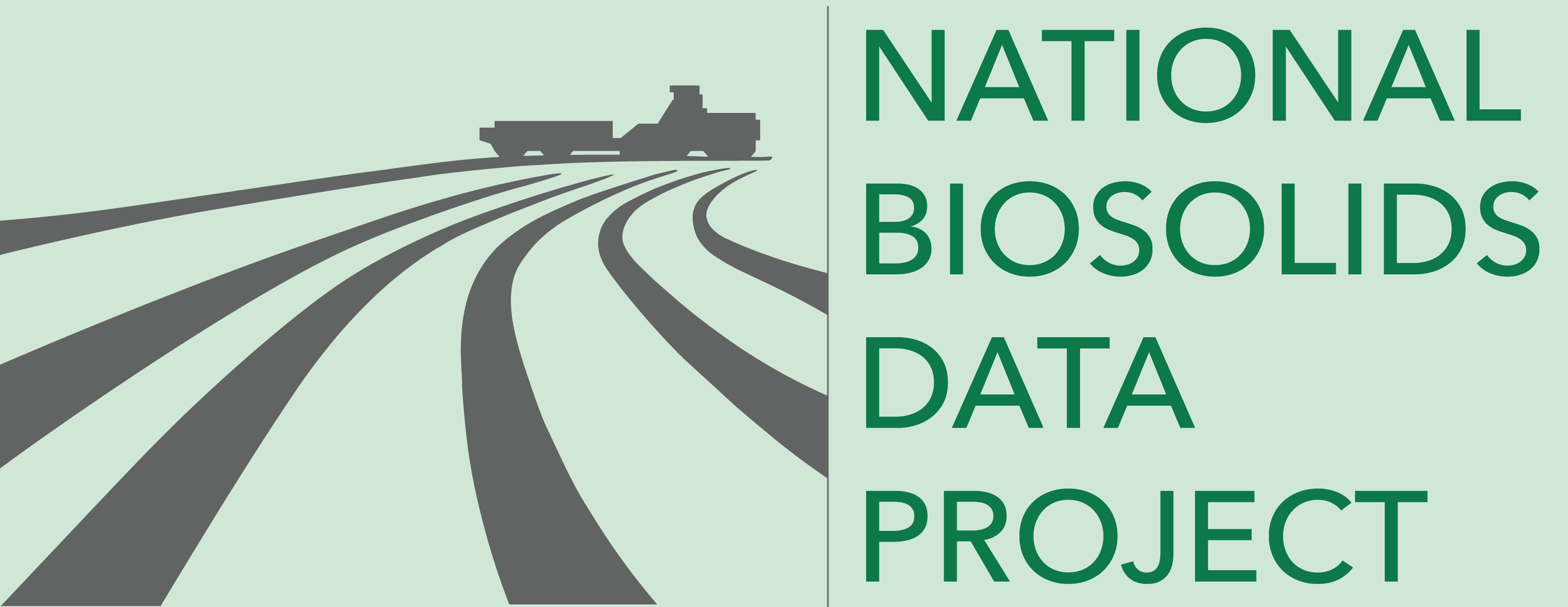State Data
Confidence in data for this state:
MODERATE
2018 data unless noted.
Definitions
Terms used on this website and in data sets are defined & discussed here.
Land application of Mandan liquid biosolids. Photo courtesy of City of Mandan Wastewater Treatment.
State Statistics Dashboard
State Summary
● This large northern plains state has one of the lowest population densities in the U.S. and has abundant agriculture and plenty of landfill capacity. The vast majority of communities are served by wastewater lagoon systems that do not produce solids every year, but only when lagoons are occasionally cleaned out. Those wastewater solids, and the wastewater solids from the state’s five largest lagoons and five mechanical water resource recovery facilities (WRRFs), are mostly land applied, with some – including Fargo’s – sent to landfill.
● U.S. EPA has primacy for oversight and enforcement of biosolids management in North Dakota, and the state’s Department of Environmental Quality (ND DEQ) defers to the federal 40 CFR Part 503 regulations for enforcement regarding the management of wastewater solids and septage. There are no formal additional state biosolids requirements.
The Grand Forks WWTP. Photo courtesy Grand Forks, used with permission.



